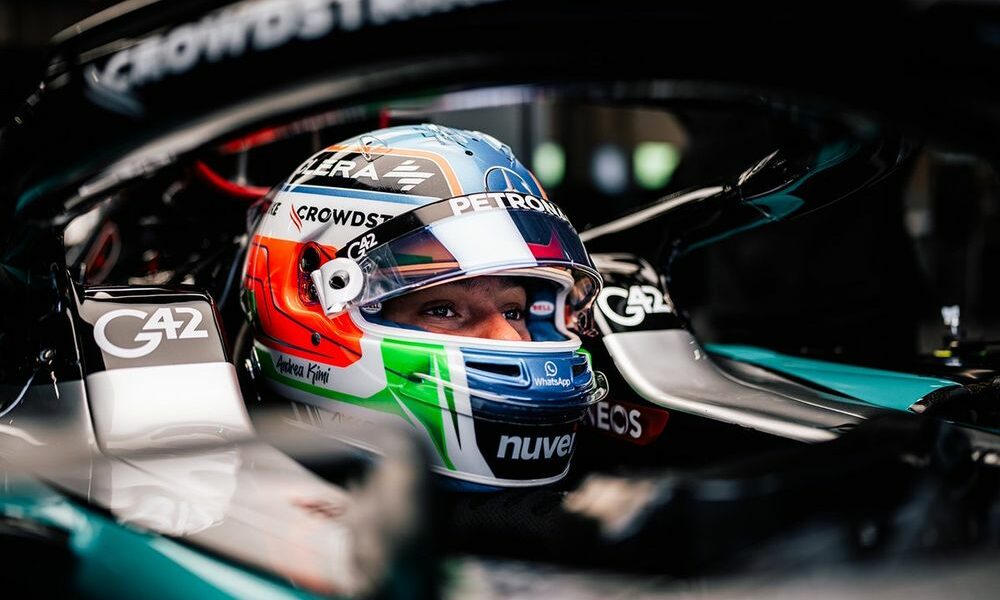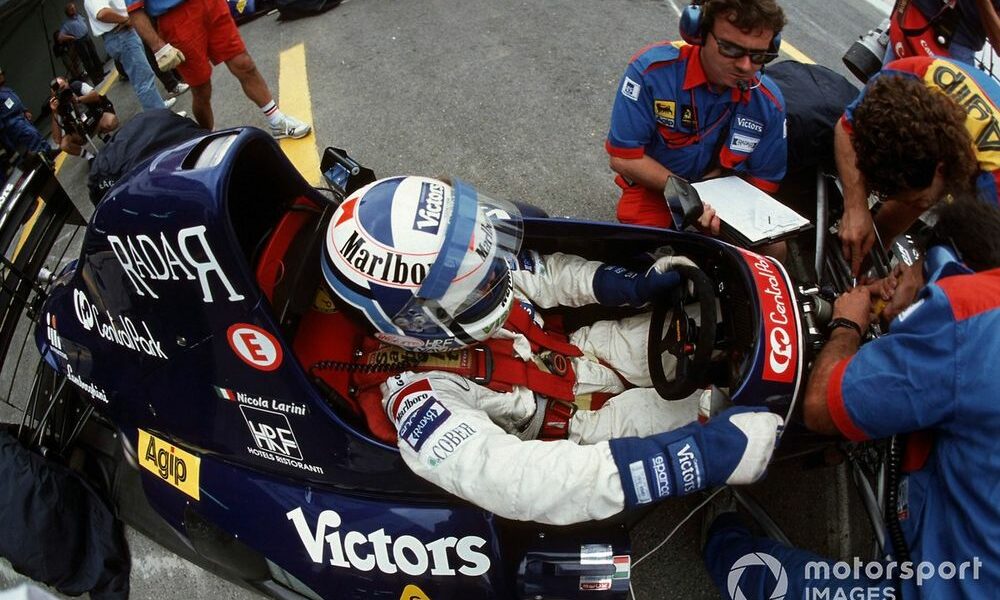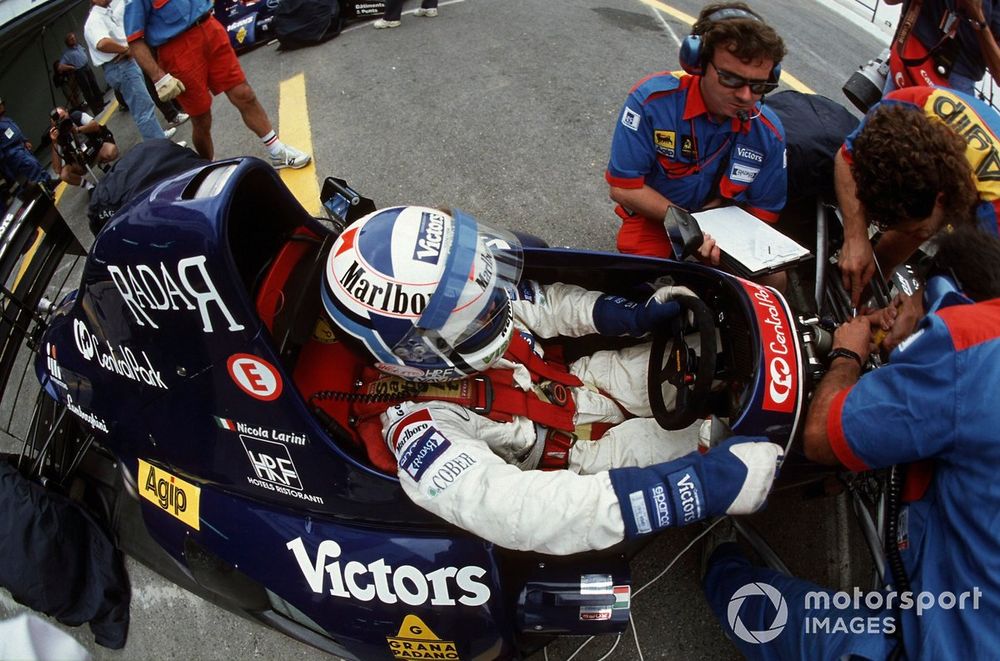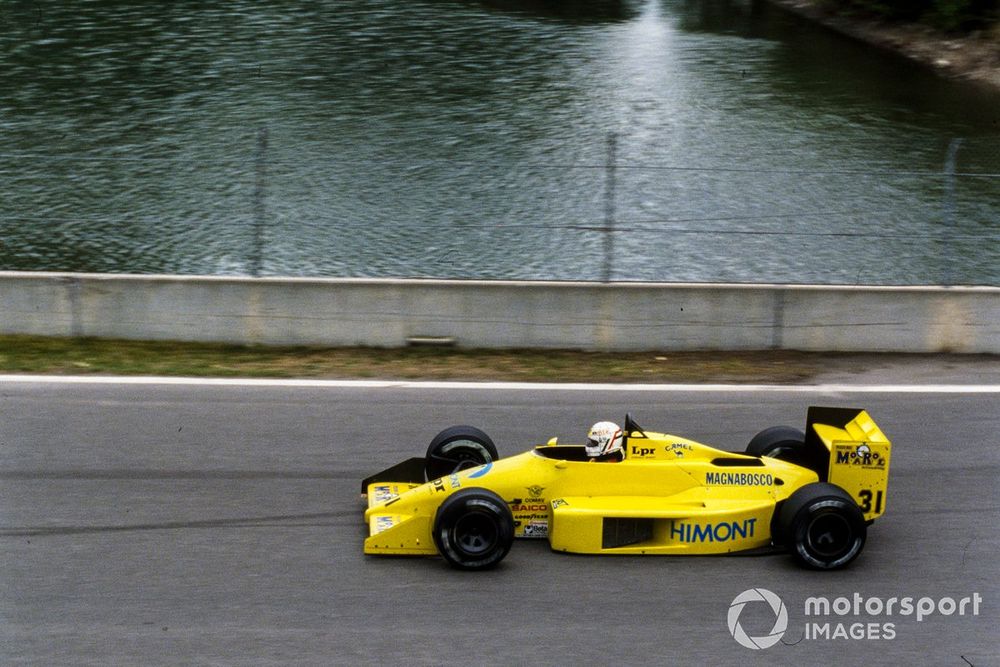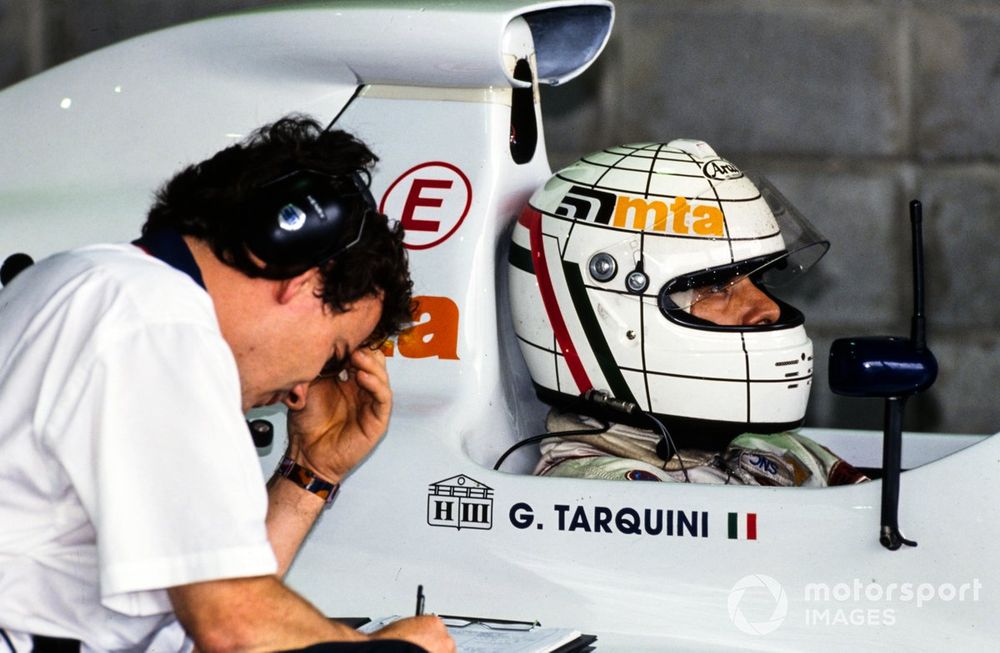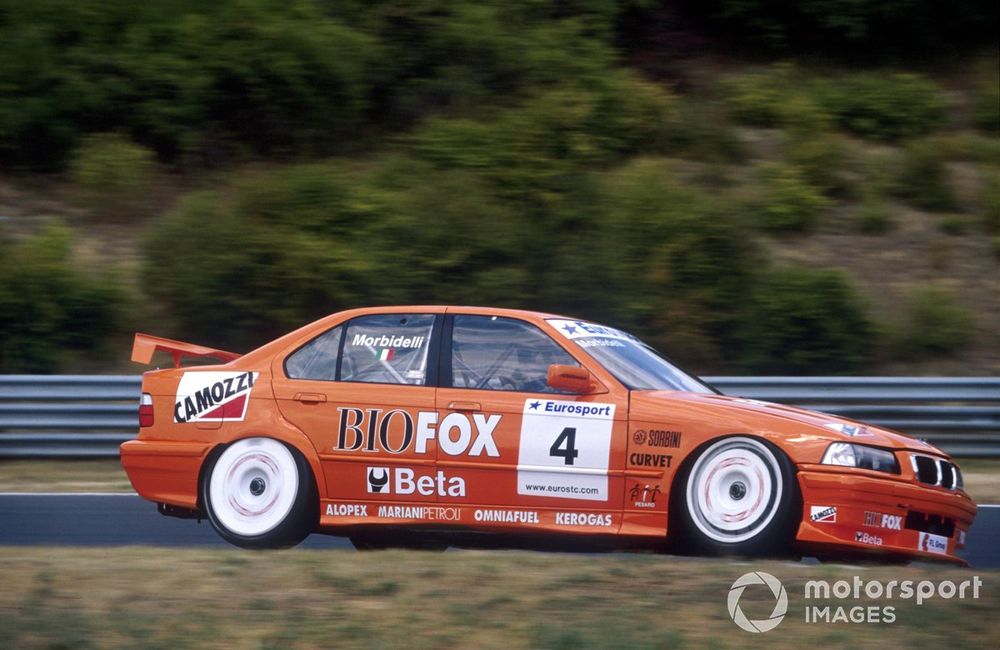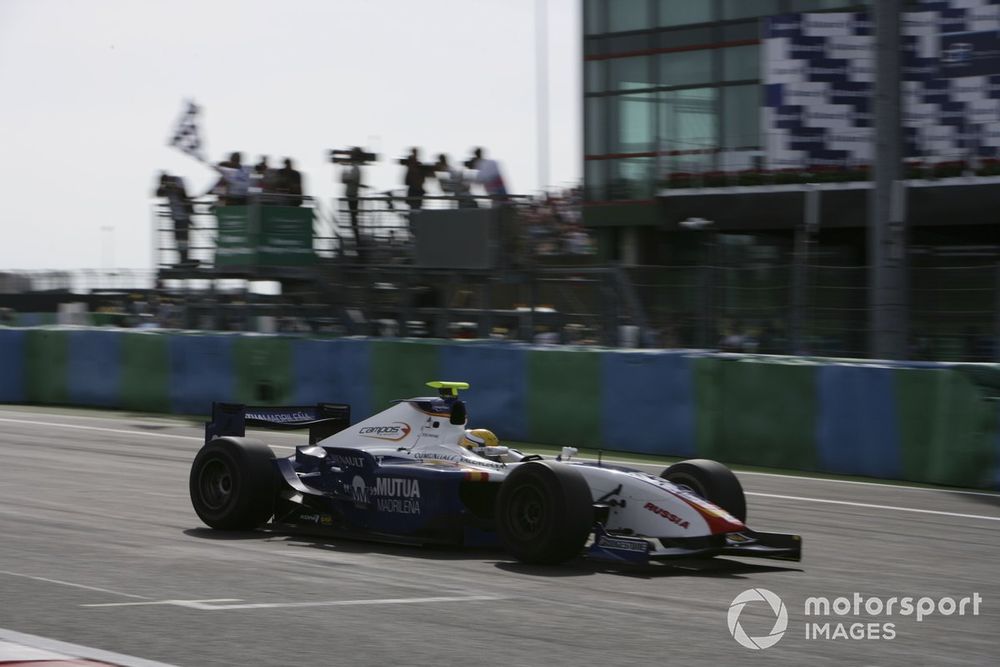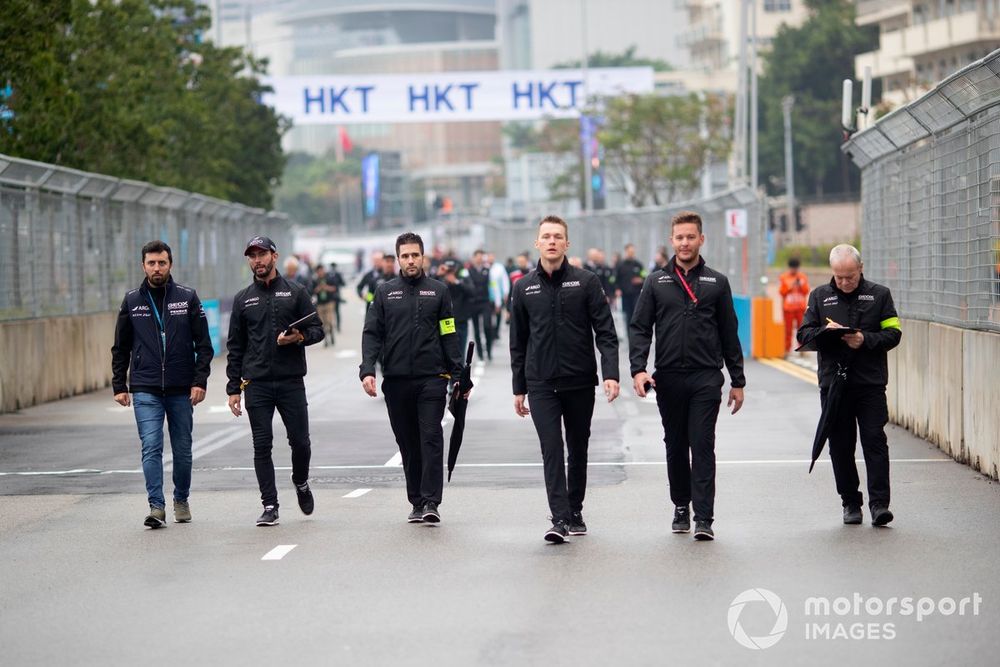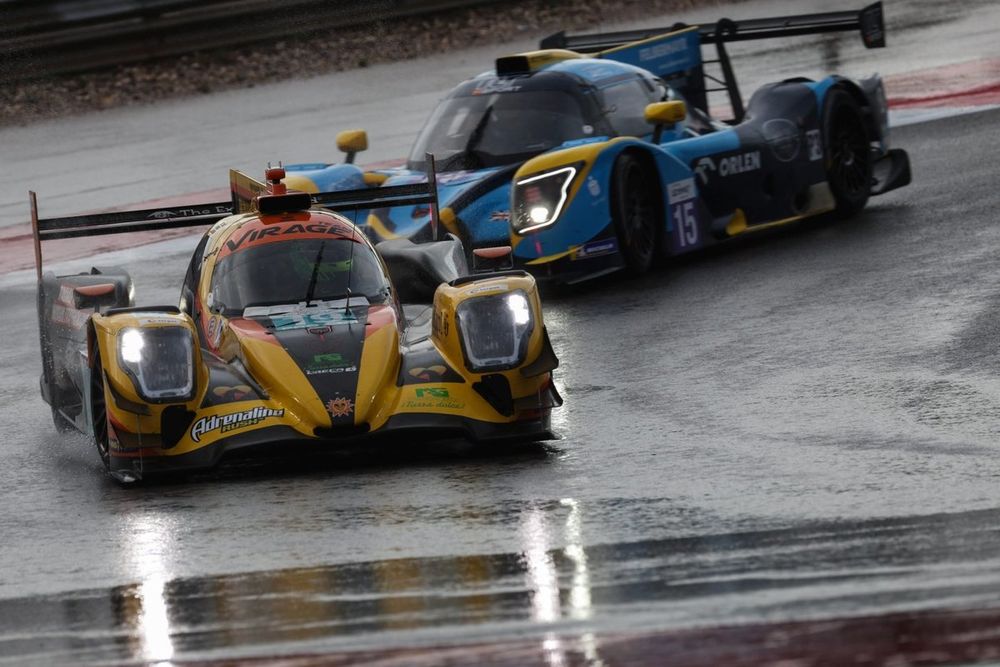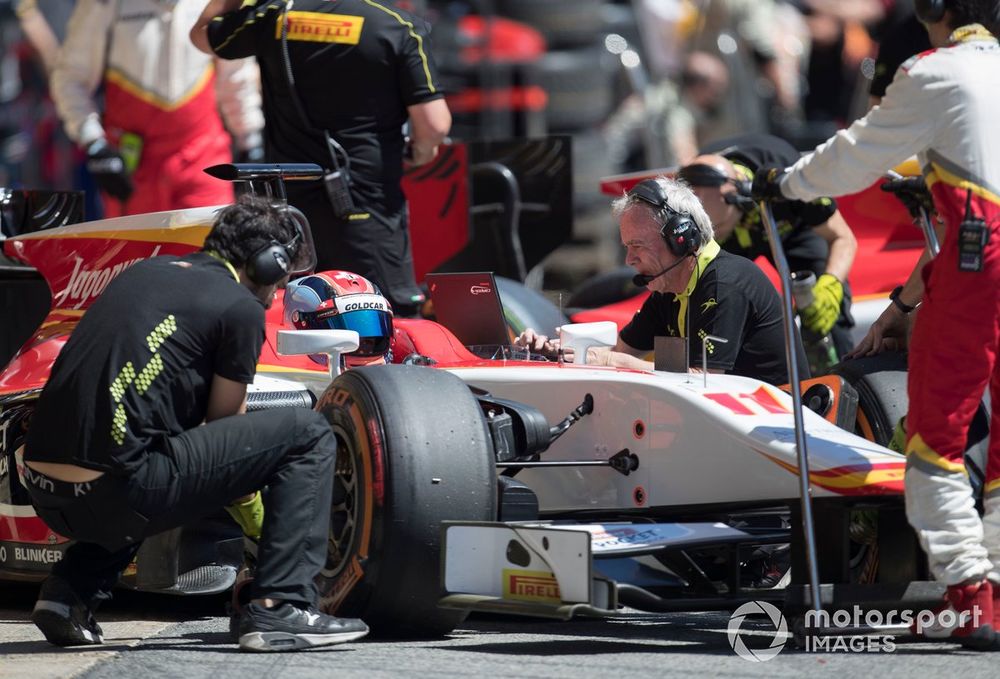Mercedes junior driver Antonelli is under consideration to replace Ferrari-bound Lewis Hamilton in a Silver Arrow in 2025, with the team using older machinery to fully assess his abilities before making a decision.
The first of these tests was conducted across two days at the Red Bull Ring, where the Italian drove the W12, the car that so nearly took Hamilton to a record-breaking eighth world title in 2021.
After completing 500 kilometres across the two days, Antonelli said: “It’s been an incredible experience, it was really great to feel the power and downforce.
“I loved every second of it. It was really good fun and I want to thank all the team for all their hard work.”
He added: “We did some sim work and ran through some important things ahead of the day.
“That was really useful because once I was out on track, I knew what the team was telling me on the radio.”
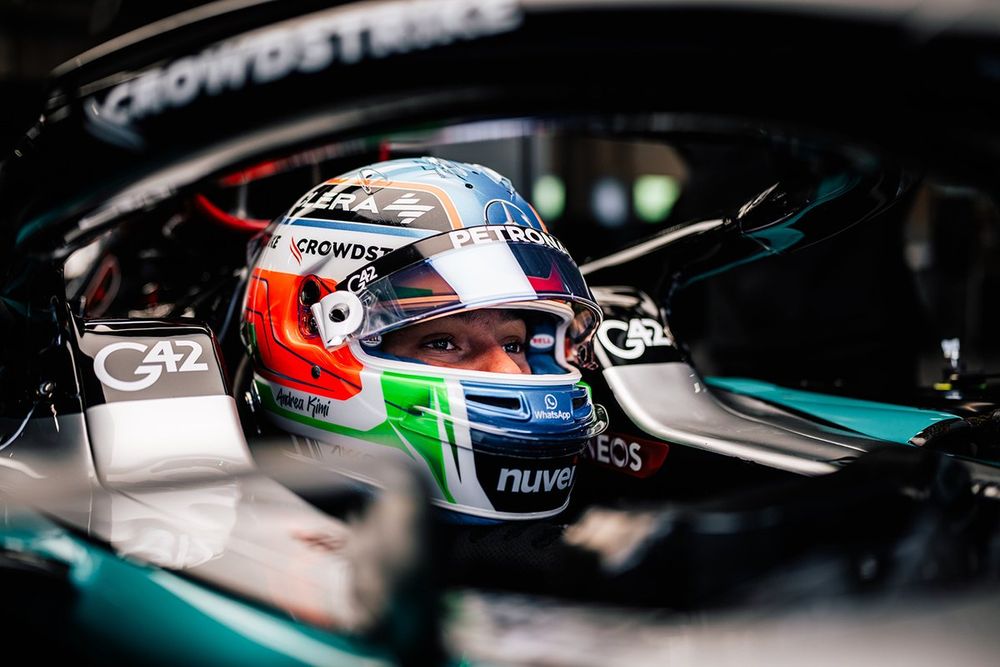
Andrea Kimi Antonelli drives Mercedes W12
Antonelli is currently contesting his maiden Formula 2 season, after being fast-tracked into the category off the back of his Formula Regional European title success.
The 17-year-old sits ninth in the drivers’ standings after six races, where his early consistency has seen him register points on four occasions. Most recently, he finished a season-best fourth in the feature race on the Australian Grand Prix weekend.
“I have learned a lot in these two days, things which will be really helpful when I go back to F2,” he said.
“But I need to keep working, and keep improving too.”
With Antonelli performing favourably compared to his Prema team-mate Oliver Bearman, a driver who impressed when making his F1 debut for Ferrari in Saudi Arabia, Mercedes team principal Toto Wolff has remarked “Kimi would be doing just fine”, should he make the step up.
And conceding that Mercedes is in a rebuilding phase where it is not challenging for world titles, the Austrian said: “You need to acknowledge that now three years into these regulations, we have got to do things differently than we’ve done in the past without throwing overboard what we believe is goodness in the way we operate.
“It could mean putting a young driver in there and giving him an opportunity with less pressure than fighting for victories immediately, or putting a more experienced driver in the car that can help us dig ourselves out of the current performance picture.”
Antonelli will return to F2 action at Imola between 17-20 May.

